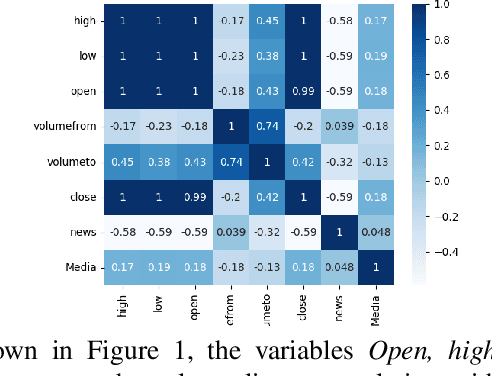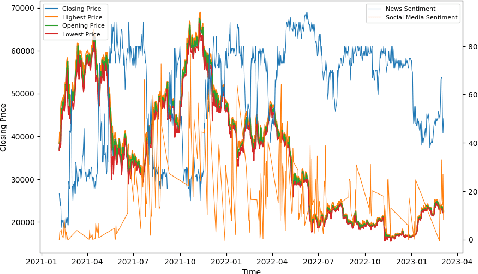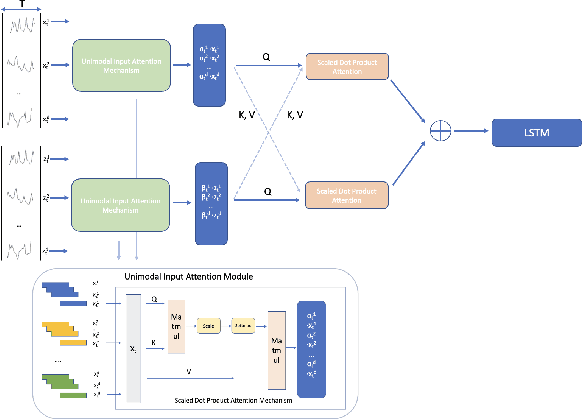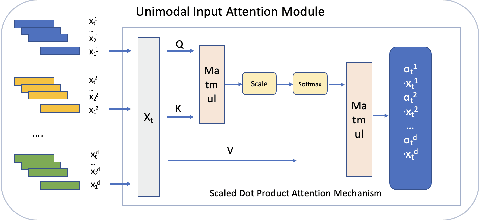Yihang Fu
Memorization in Large Language Models in Medicine: Prevalence, Characteristics, and Implications
Sep 10, 2025Abstract:Large Language Models (LLMs) have demonstrated significant potential in medicine. To date, LLMs have been widely applied to tasks such as diagnostic assistance, medical question answering, and clinical information synthesis. However, a key open question remains: to what extent do LLMs memorize medical training data. In this study, we present the first comprehensive evaluation of memorization of LLMs in medicine, assessing its prevalence (how frequently it occurs), characteristics (what is memorized), volume (how much content is memorized), and potential downstream impacts (how memorization may affect medical applications). We systematically analyze common adaptation scenarios: (1) continued pretraining on medical corpora, (2) fine-tuning on standard medical benchmarks, and (3) fine-tuning on real-world clinical data, including over 13,000 unique inpatient records from Yale New Haven Health System. The results demonstrate that memorization is prevalent across all adaptation scenarios and significantly higher than reported in the general domain. Memorization affects both the development and adoption of LLMs in medicine and can be categorized into three types: beneficial (e.g., accurate recall of clinical guidelines and biomedical references), uninformative (e.g., repeated disclaimers or templated medical document language), and harmful (e.g., regeneration of dataset-specific or sensitive clinical content). Based on these findings, we offer practical recommendations to facilitate beneficial memorization that enhances domain-specific reasoning and factual accuracy, minimize uninformative memorization to promote deeper learning beyond surface-level patterns, and mitigate harmful memorization to prevent the leakage of sensitive or identifiable patient information.
DTGBrepGen: A Novel B-rep Generative Model through Decoupling Topology and Geometry
Mar 17, 2025



Abstract:Boundary representation (B-rep) of geometric models is a fundamental format in Computer-Aided Design (CAD). However, automatically generating valid and high-quality B-rep models remains challenging due to the complex interdependence between the topology and geometry of the models. Existing methods tend to prioritize geometric representation while giving insufficient attention to topological constraints, making it difficult to maintain structural validity and geometric accuracy. In this paper, we propose DTGBrepGen, a novel topology-geometry decoupled framework for B-rep generation that explicitly addresses both aspects. Our approach first generates valid topological structures through a two-stage process that independently models edge-face and edge-vertex adjacency relationships. Subsequently, we employ Transformer-based diffusion models for sequential geometry generation, progressively generating vertex coordinates, followed by edge geometries and face geometries which are represented as B-splines. Extensive experiments on diverse CAD datasets show that DTGBrepGen significantly outperforms existing methods in both topological validity and geometric accuracy, achieving higher validity rates and producing more diverse and realistic B-reps. Our code is publicly available at https://github.com/jinli99/DTGBrepGen.
CoSAM: Self-Correcting SAM for Domain Generalization in 2D Medical Image Segmentation
Nov 15, 2024



Abstract:Medical images often exhibit distribution shifts due to variations in imaging protocols and scanners across different medical centers. Domain Generalization (DG) methods aim to train models on source domains that can generalize to unseen target domains. Recently, the segment anything model (SAM) has demonstrated strong generalization capabilities due to its prompt-based design, and has gained significant attention in image segmentation tasks. Existing SAM-based approaches attempt to address the need for manual prompts by introducing prompt generators that automatically generate these prompts. However, we argue that auto-generated prompts may not be sufficiently accurate under distribution shifts, potentially leading to incorrect predictions that still require manual verification and correction by clinicians. To address this challenge, we propose a method for 2D medical image segmentation called Self-Correcting SAM (CoSAM). Our approach begins by generating coarse masks using SAM in a prompt-free manner, providing prior prompts for the subsequent stages, and eliminating the need for prompt generators. To automatically refine these coarse masks, we introduce a generalized error decoder that simulates the correction process typically performed by clinicians. Furthermore, we generate diverse prompts as feedback based on the corrected masks, which are used to iteratively refine the predictions within a self-correcting loop, enhancing the generalization performance of our model. Extensive experiments on two medical image segmentation benchmarks across multiple scenarios demonstrate the superiority of CoSAM over state-of-the-art SAM-based methods.
DAM: A Universal Dual Attention Mechanism for Multimodal Timeseries Cryptocurrency Trend Forecasting
May 01, 2024



Abstract:In the distributed systems landscape, Blockchain has catalyzed the rise of cryptocurrencies, merging enhanced security and decentralization with significant investment opportunities. Despite their potential, current research on cryptocurrency trend forecasting often falls short by simplistically merging sentiment data without fully considering the nuanced interplay between financial market dynamics and external sentiment influences. This paper presents a novel Dual Attention Mechanism (DAM) for forecasting cryptocurrency trends using multimodal time-series data. Our approach, which integrates critical cryptocurrency metrics with sentiment data from news and social media analyzed through CryptoBERT, addresses the inherent volatility and prediction challenges in cryptocurrency markets. By combining elements of distributed systems, natural language processing, and financial forecasting, our method outperforms conventional models like LSTM and Transformer by up to 20\% in prediction accuracy. This advancement deepens the understanding of distributed systems and has practical implications in financial markets, benefiting stakeholders in cryptocurrency and blockchain technologies. Moreover, our enhanced forecasting approach can significantly support decentralized science (DeSci) by facilitating strategic planning and the efficient adoption of blockchain technologies, improving operational efficiency and financial risk management in the rapidly evolving digital asset domain, thus ensuring optimal resource allocation.
AI Ethics on Blockchain: Topic Analysis on Twitter Data for Blockchain Security
Dec 20, 2022Abstract:Blockchain has empowered computer systems to be more secure using a distributed network. However, the current blockchain design suffers from fairness issues in transaction ordering. Miners are able to reorder transactions to generate profits, the so-called miner extractable value (MEV). Existing research recognizes MEV as a severe security issue and proposes potential solutions, including prominent Flashbots. However, previous studies have mostly analyzed blockchain data, which might not capture the impacts of MEV in a much broader AI society. Thus, in this research, we applied natural language processing (NLP) methods to comprehensively analyze topics in tweets on MEV. We collected more than 20000 tweets with \#MEV and \#Flashbots hashtags and analyzed their topics. Our results show that the tweets discussed profound topics of ethical concern, including security, equity, emotional sentiments, and the desire for solutions to MEV. We also identify the co-movements of MEV activities on blockchain and social media platforms. Our study contributes to the literature at the interface of blockchain security, MEV solutions, and AI ethics.
 Add to Chrome
Add to Chrome Add to Firefox
Add to Firefox Add to Edge
Add to Edge